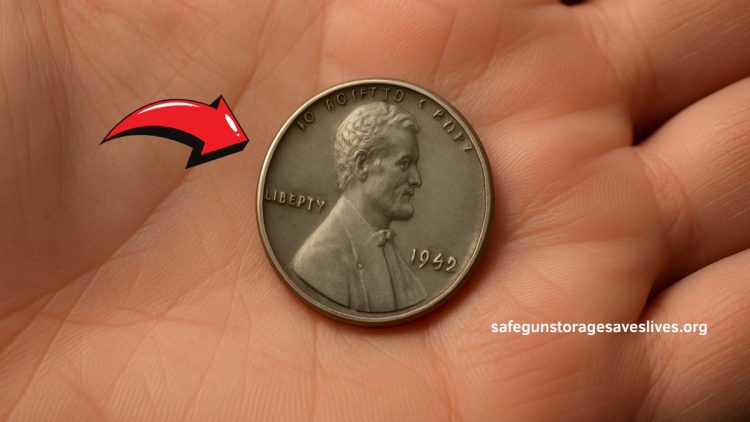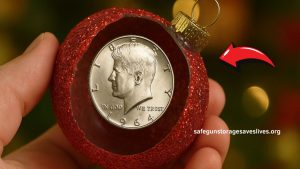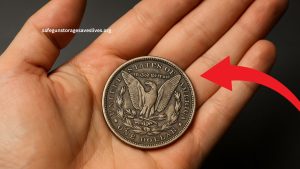What if that old penny in your pocket or coin jar is worth more than a luxury car? Collectors and numismatists are buzzing about the extremely rare 1943 Lincoln Wheat Penny—a version so valuable that one has been appraised at nearly $950,000.
These pennies were never meant to exist in copper that year, making them a rare anomaly and a collector’s dream.
Let’s break down why these coins are so valuable, how to spot one, and whether it could be hiding in plain sight.
The History Behind the Rarity
In 1943, the U.S. Mint switched from copper to zinc-coated steel for penny production to preserve copper for the war effort during WWII.
However, a small number of copper planchets (metal blanks) from 1942 were mistakenly used, leading to the accidental minting of the 1943 bronze/copper Lincoln Wheat Penny.
Only a handful of these copper coins were ever produced, making them one of the rarest and most sought-after coins in U.S. history.
How Much Is a 1943 Copper Penny Worth?
The value of a 1943 bronze/copper Lincoln Wheat Penny varies based on its condition and mint mark. A well-preserved, uncirculated specimen can fetch anywhere between $250,000 and $950,000 at auction.
The most valuable are those with a Denver (D) mint mark, followed by the San Francisco (S) and Philadelphia (no mint mark) versions.
Key Features to Identify the $950,000 Penny
To determine whether your 1943 penny is the rare copper variety, look for the following:
Features of the Rare 1943 Lincoln Copper Penny
| Characteristic | Details |
|---|---|
| Year | 1943 |
| Material (Rare Version) | 95% Copper, 5% Tin and Zinc |
| Color | Reddish-brown (not silver or gray) |
| Weight | Around 3.11 grams (not 2.7g like steel) |
| Magnet Test | Should not stick to a magnet |
| Mint Marks | D (Denver), S (San Francisco), None (Philly) |
| Estimated Value | $250,000 to $950,000+ |
If your coin is not magnetic, weighs around 3.11 grams, and has the 1943 date, you could have a winner.
Common Mistakes to Avoid
- Don’t confuse with steel pennies: Most 1943 pennies are steel and silver in color. These are common and worth less than a dollar in average condition.
- Be cautious of fakes: Many counterfeit 1943 copper pennies exist. Authentication by a professional is essential before sale or purchase.
- Check carefully: Use a digital scale and a magnet. These are the quickest home tests to rule out common steel coins.
The rare 1943 Lincoln Wheat Penny made of copper is one of the most prized coins in U.S. history. With values soaring up to $950,000, it’s possible that a life-changing fortune could be hiding in your loose change.
Whether inherited, saved from childhood, or found in a pocket, it pays to inspect your pennies closely—literally.
FAQs
How do I know if my 1943 penny is the rare copper version?
Check for a reddish-brown color, ensure it doesn’t stick to a magnet, and weigh it—copper coins are heavier than steel ones.
Why were copper pennies accidentally made in 1943?
Leftover copper blanks from 1942 were mistakenly used when the U.S. Mint switched to steel for penny production during World War II.
Where can I sell a rare 1943 copper penny?
Professional coin dealers, auction houses, and certified numismatists are the best options for authenticating and selling high-value coins.




